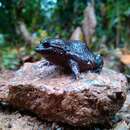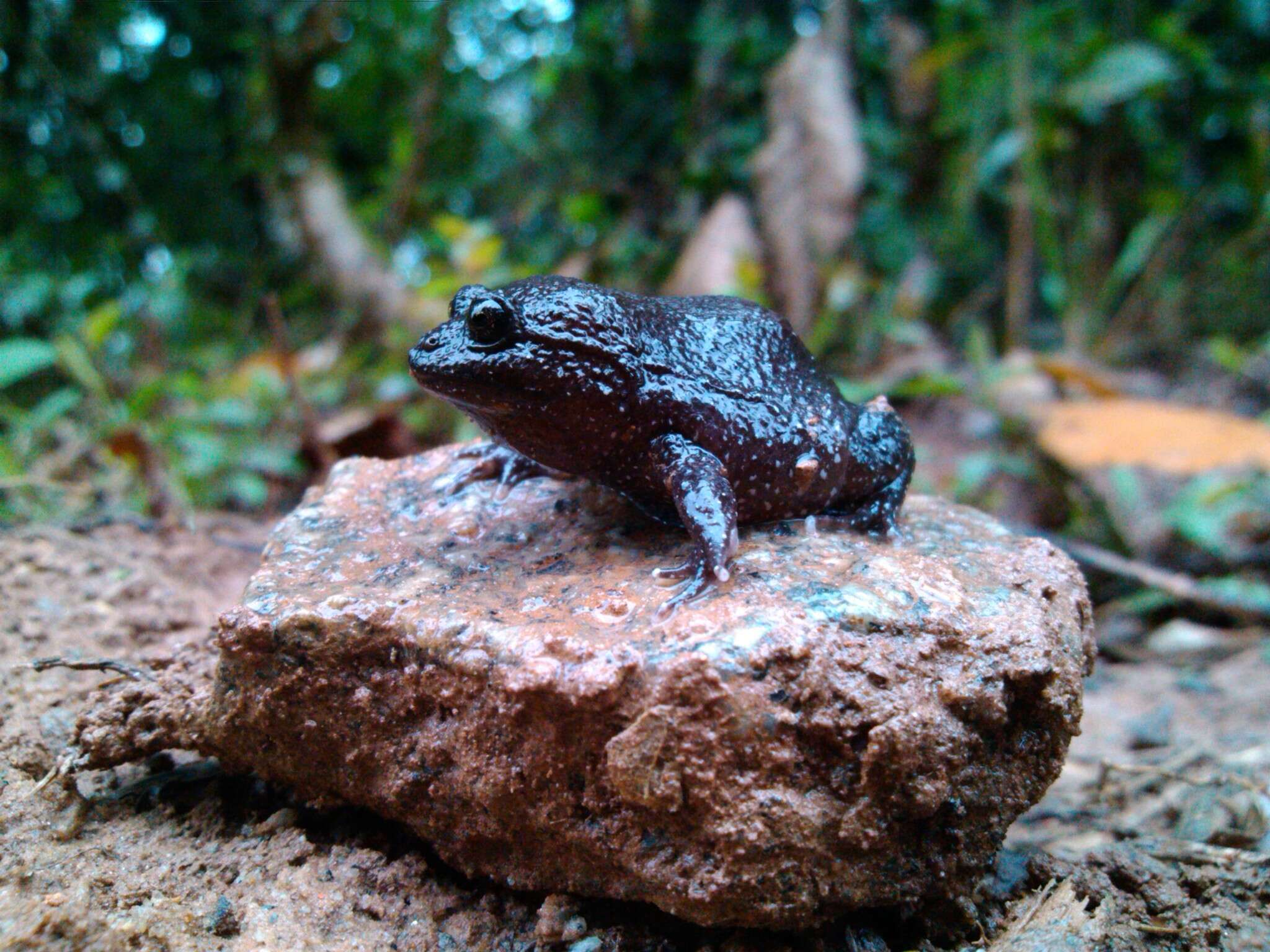en
names in breadcrumbs



Cycloramphus acangatan is a species of amphibians in the family Darwin's frogs. They are nocturnal. They have sexual reproduction. They rely on saltation to move around.
EOL has data for 15 attributes, including: